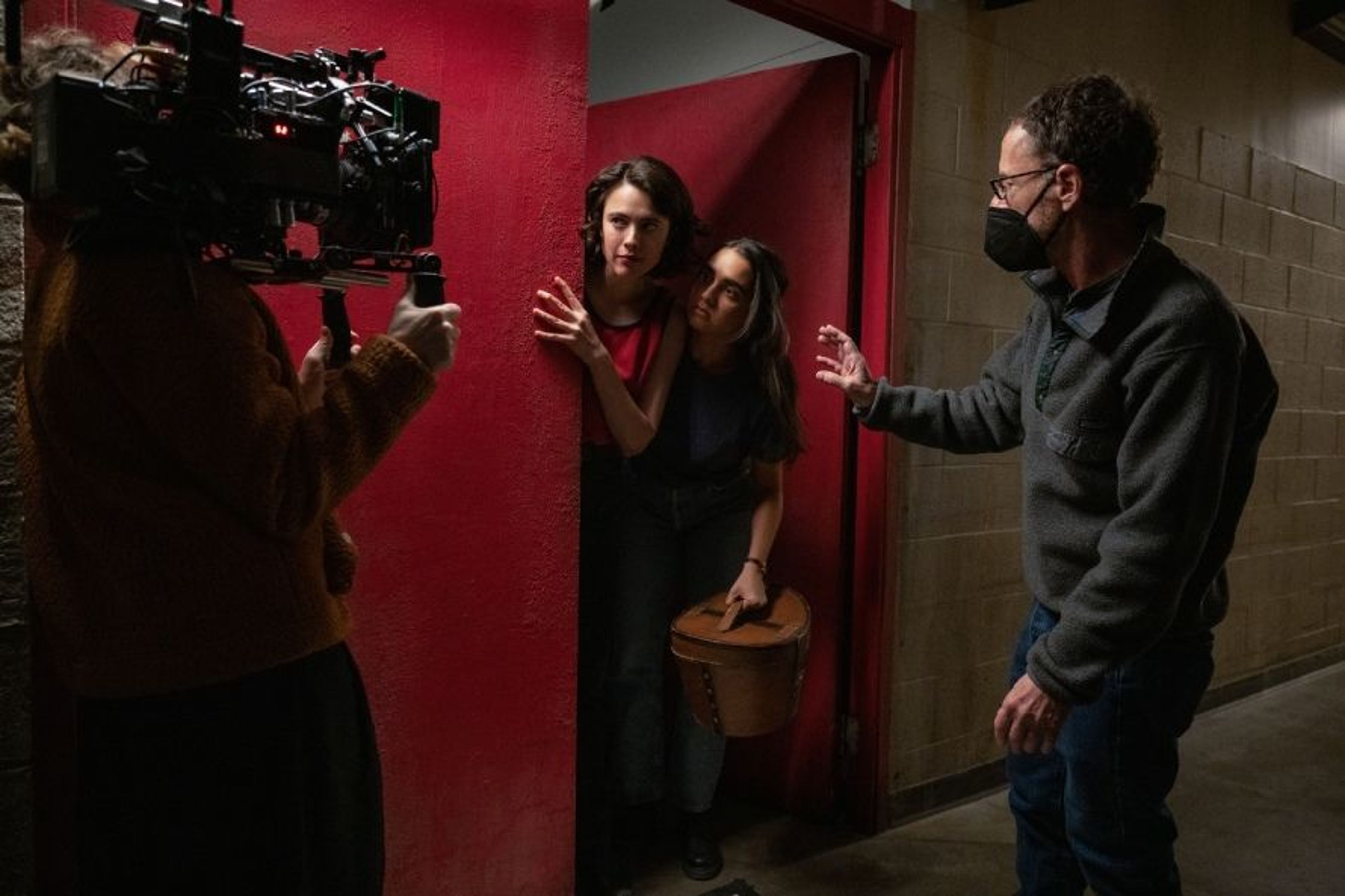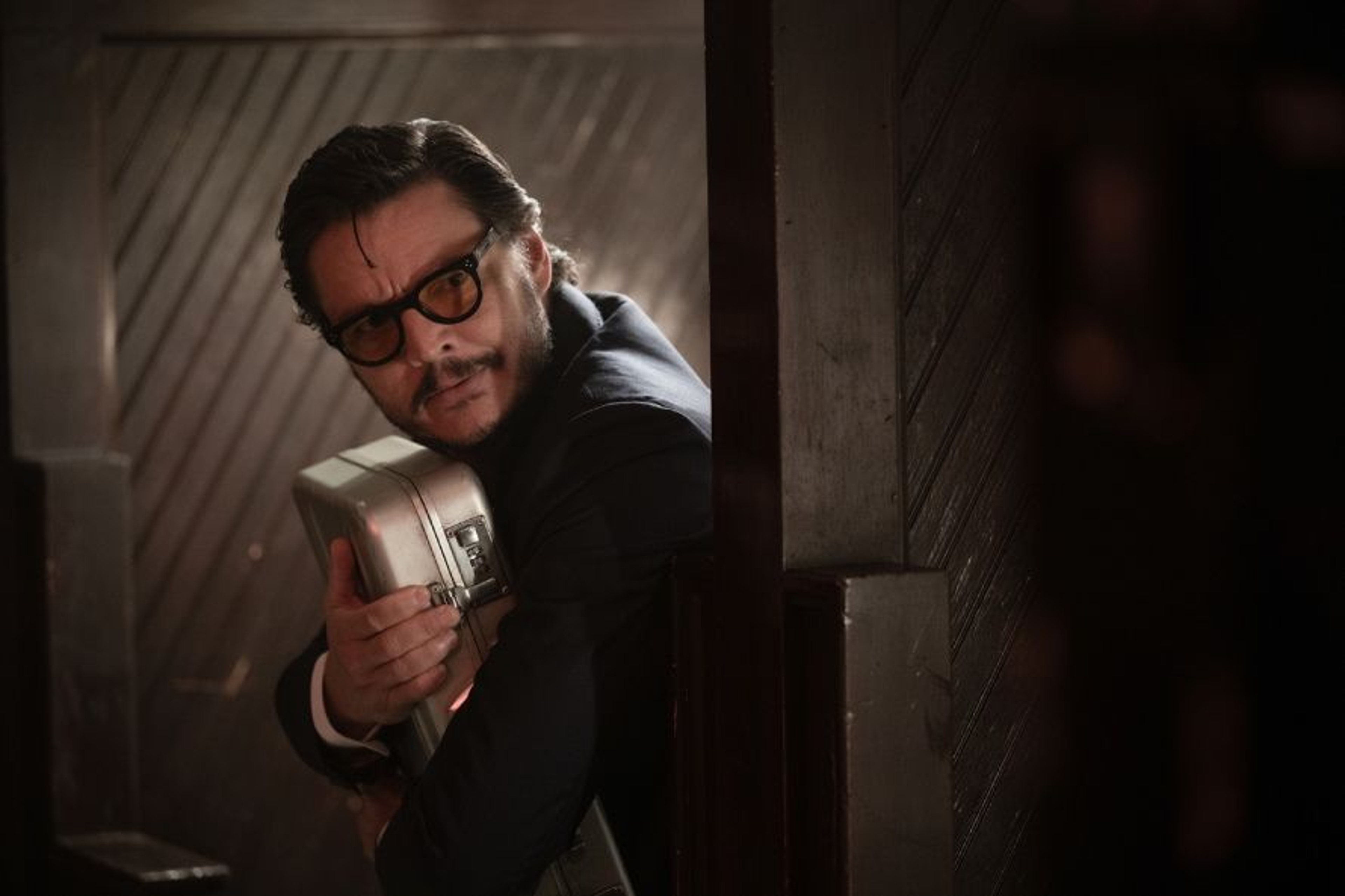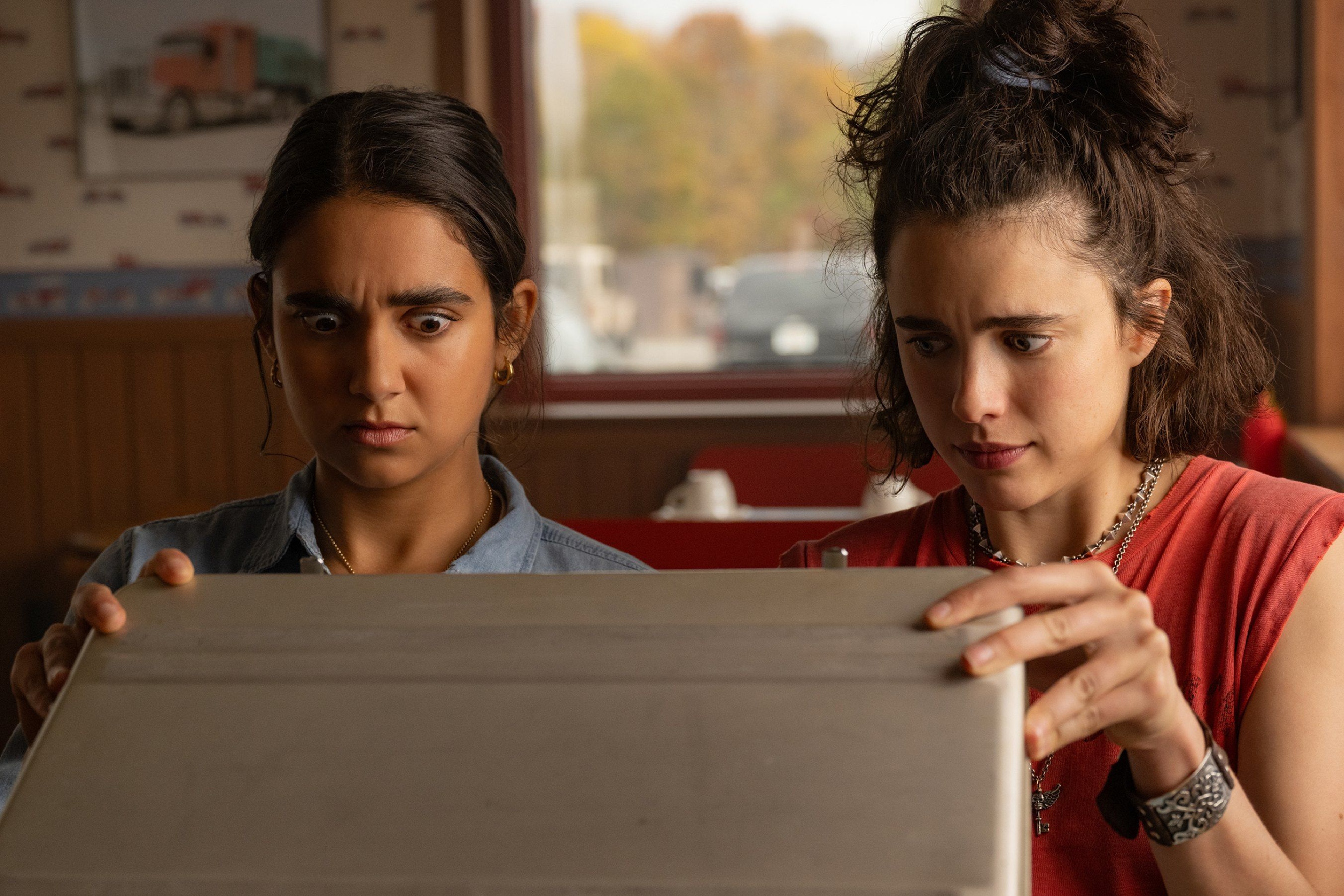In Drive-Away Dolls—directed by Ethan Coen and written by Coen and Tricia Cooke—Jamie (Margaret Qualley) and Marian (Geraldine Viswanathan) take off on a spur-of-the-moment road trip from Philadelphia to Tallahassee. Because of a mix-up at the drive-away car service, their impromptu trip turns into a hilarious comedy of errors that leads to them mixing it up with inept criminals, shady politicians, and memorable night spots along the way.
With a star-studded cast that includes Matt Damon, Pedro Pascal, Beanie Feldstein, and Colman Domingo, this movie is a wild ride the entire time.
Impressed with the work Ari Wegner had done on films like Zola and The Power of the Dog—for which she was nominated for an Academy Award®—Coen and Cooke signed her up to craft the antic B-movie look of Drive-Away Dolls. Coen says in the production notes, “She was completely in tune with the mood of the movie.”
We talked with Wegner about defining the film’s B-movie style, crafting a road-movie feel, and creating a unique look for each of the queer bars.
Get tickets now for Drive-Away Dolls, in theaters Friday!
The official trailer for Drive-Away Dolls
How did you get involved with shooting Drive-Away Dolls?
It was a dream situation. Out of the blue, I received an email from Ethan. He said that Tricia and he had seen Zola and The Power of the Dog—which came out in the same year. They wanted to talk to me about a movie they were planning to make.
What excited you about making this movie after reading the script?
First, I was already a big fan of Ethan's work, so that was a huge draw. The script is quite ridiculous, silly, and fun. There was a lot of visual comedy with these really fun transitions. Since I had never shot a B-movie or a comedy before, that was exciting. It just seemed like it'd be a really fun experience. Meeting Ethan and Tricia for the first time confirmed that it was going to be a very fun time.

Margaret Qualley and Geraldine Viswanathan being directed by Ethan Coen on the set of Drive-Away Dolls
Cooke cites John Waters and Pedro Almodóvar as inspirations for the film. What inspired you?
The film was definitely inspired by the B-movie movie genre. We looked at Russ Meyer's Faster, Pussycat! Kill! Kill! before filming. I don’t usually lean on films for inspiration. For this movie, I relied a lot on the script and Ethan and Trisha's natural taste, which informed a lot of the lensing and lighting choices. I wanted to make sure the lighting, transitions, and such fit within the ecosystem of a B-movie.
How did you bring the feel of a B-movie into the style?
The overall thing is that this is a movie that doesn’t take itself too seriously. In the photography, we leaned pretty heavily on wide lenses used quite close to the actors, which is something that increases the comedy. The other cues that tell people this is a B-movie are the transitions, the level of silliness, and the sense that nothing is too wedded to reality. Traditionally, my lighting is rooted in realism or naturalism, but here, we gave ourselves the leeway to do whatever told the story best.

Pedro Pascal in Drive-Away Dolls
Since this is a road movie, how did you show the changing landscape in the cinematography?
We shot the whole movie in Pittsburgh, so it definitely involved a little bit of planning and creativity to convey the sense of travel. We scouted locations, keeping in mind the different places Jamie and Marian were going to travel through. As the story goes south, we warmed up the lighting. The rest was your basic movie magic to create a road trip. The driving parts we shot on a stage and captured the background landscape after the shoot.
Can you talk about creating the look for the various queer bars they visit?
We wanted each of the bars to have its own identity. Many of them were based on Trisha's own memories and experiences. The first one, Sugar ‘n’ Spice, had a kind of pinkish-red, purplish-blue vibe going on. The Butter Churn was a bit more basic, and less concerned with being pretty. And the She Shed was a rainbow explosion. We tried to put as much of a rainbow as we could in the lighting. That was a really fun set to create.
This interview has been edited and condensed for clarity.
